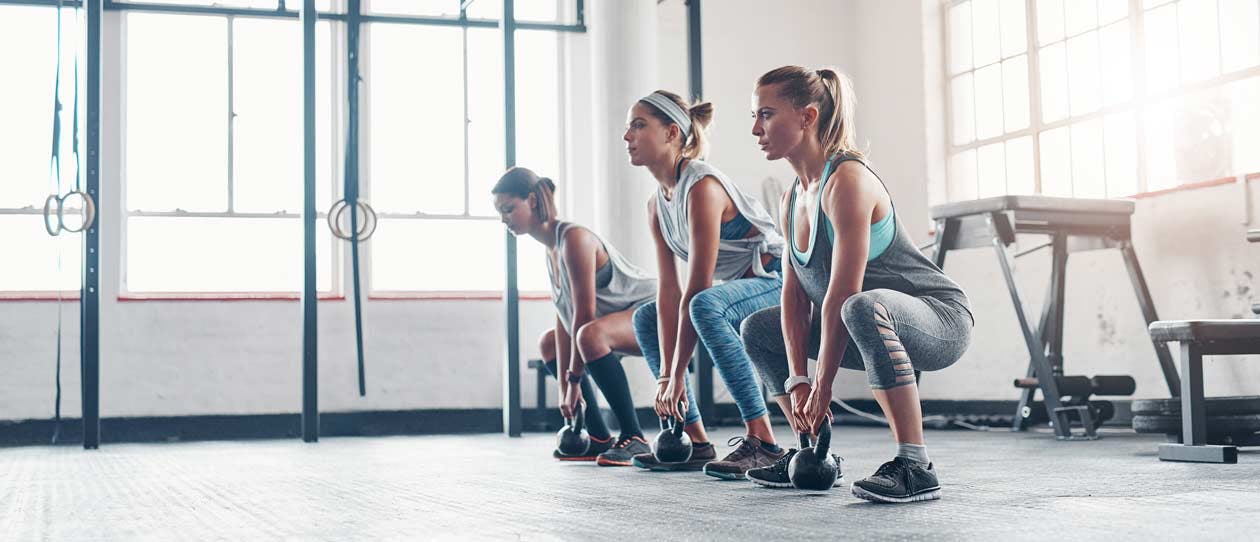What is HICT?
HICT stands for high intensity circuit training and involves the combination of both cardiovascular and resistance training exercises.
While it sounds similar to HITT (
high intensity interval training), there’s one big difference. HITT uses extreme intensity followed by periods of rest, while HICT is more continuous. In fact, HICT also stands for high intensity continuous training in some circles.
Instead of rest periods, HICT alternates between cardio and resistance training exercises, or upper and lower body exercises to break things up.
This keeps you constantly on the move, helping to burn off a lot of kilojoules and stoke up your metabolic rate.
What are the benefits of HICT?
Similar to traditional circuit training, H.I.C.T is a fast and effective workout with multiple benefits, including stamina, strength and weight control.
One major advantage of HICT workouts is that they are time efficient.
A lack of time is often quoted as a significant barrier to exercise, and that’s why HICT is so appealing. It’s much easier to schedule a short workout into your day than an hour or exercise.
HICT combines both cardio and resistance training in the same short workout, and even within the same exercise.
Think of jump squats as the perfect exercise to include in a HICT workout. Jump squats strengthen your thighs, calves and buttocks, while elevating your heart rate at the same time. You’ll also burn lots of kilojoules while you do it (and afterwards).


